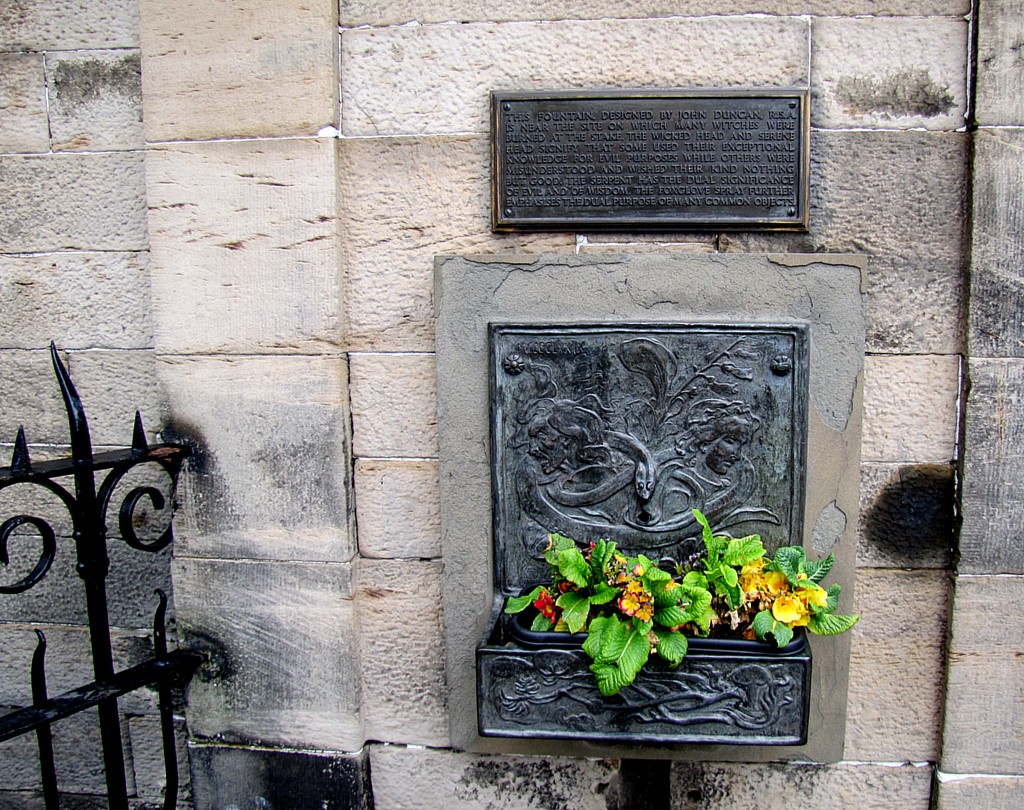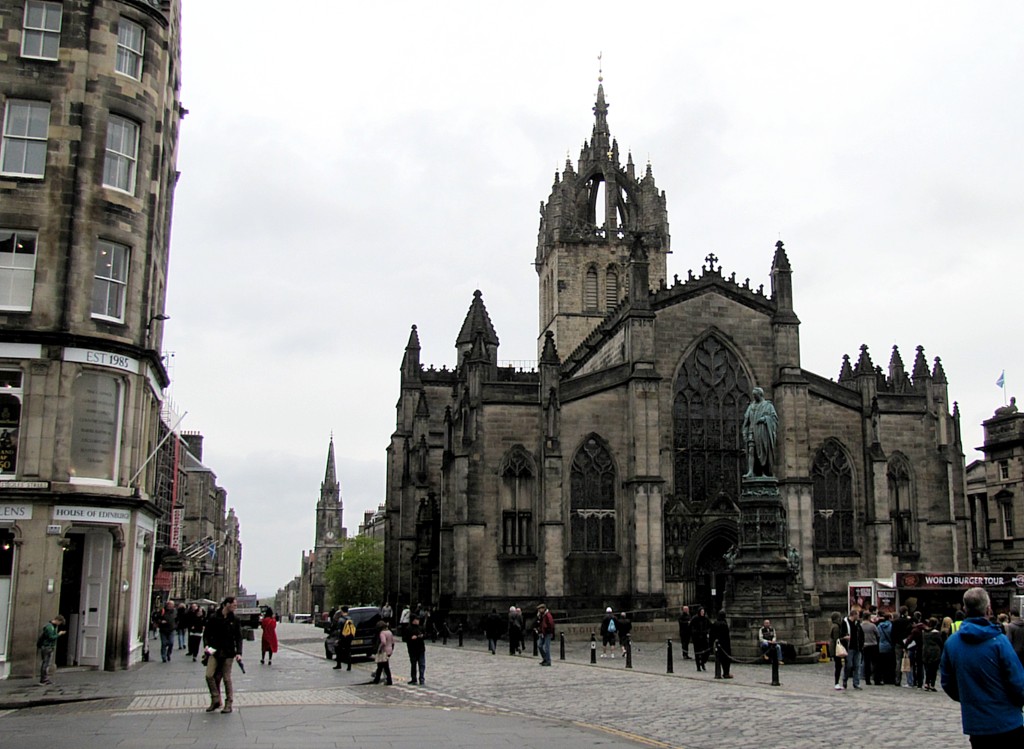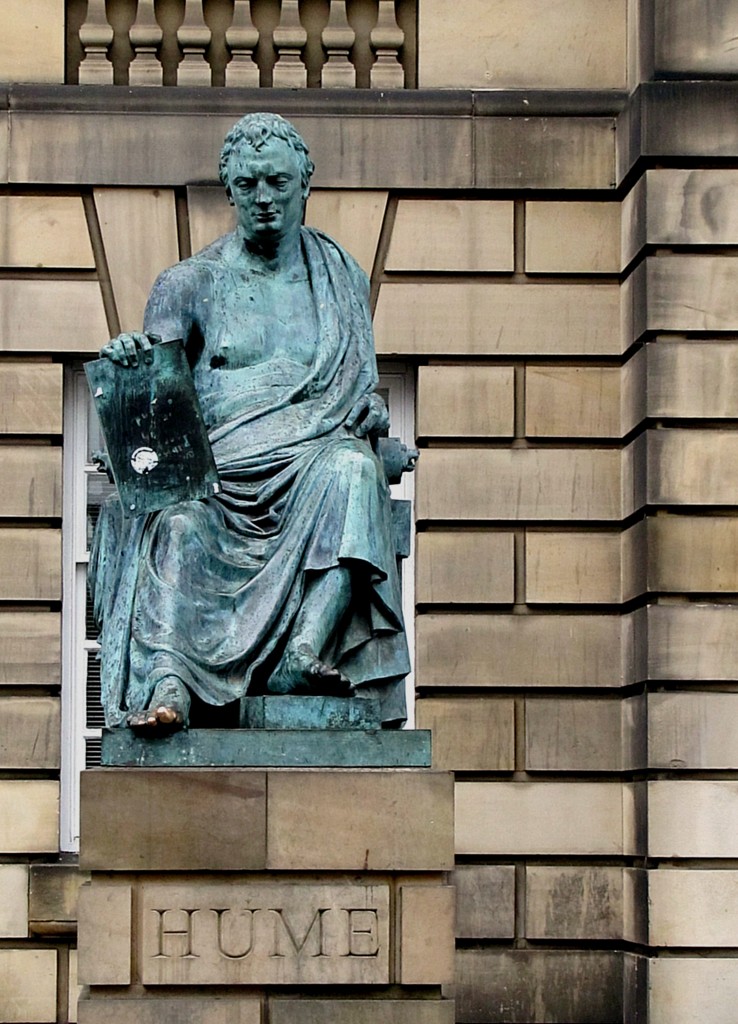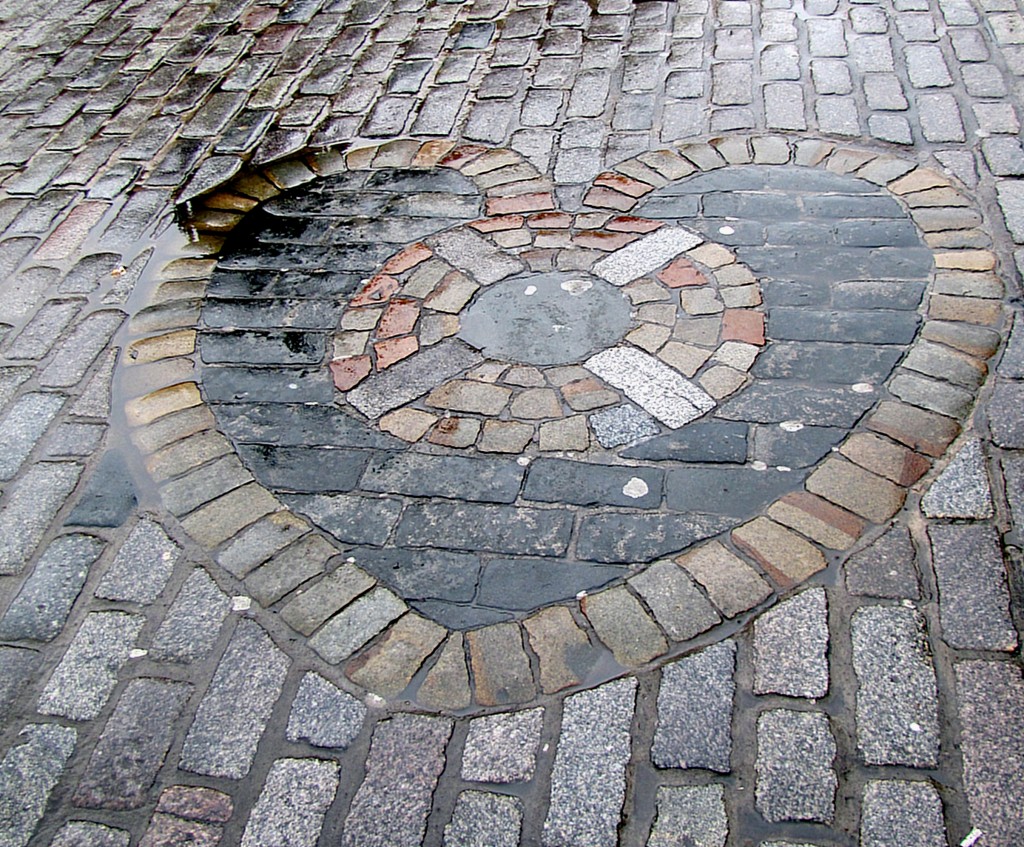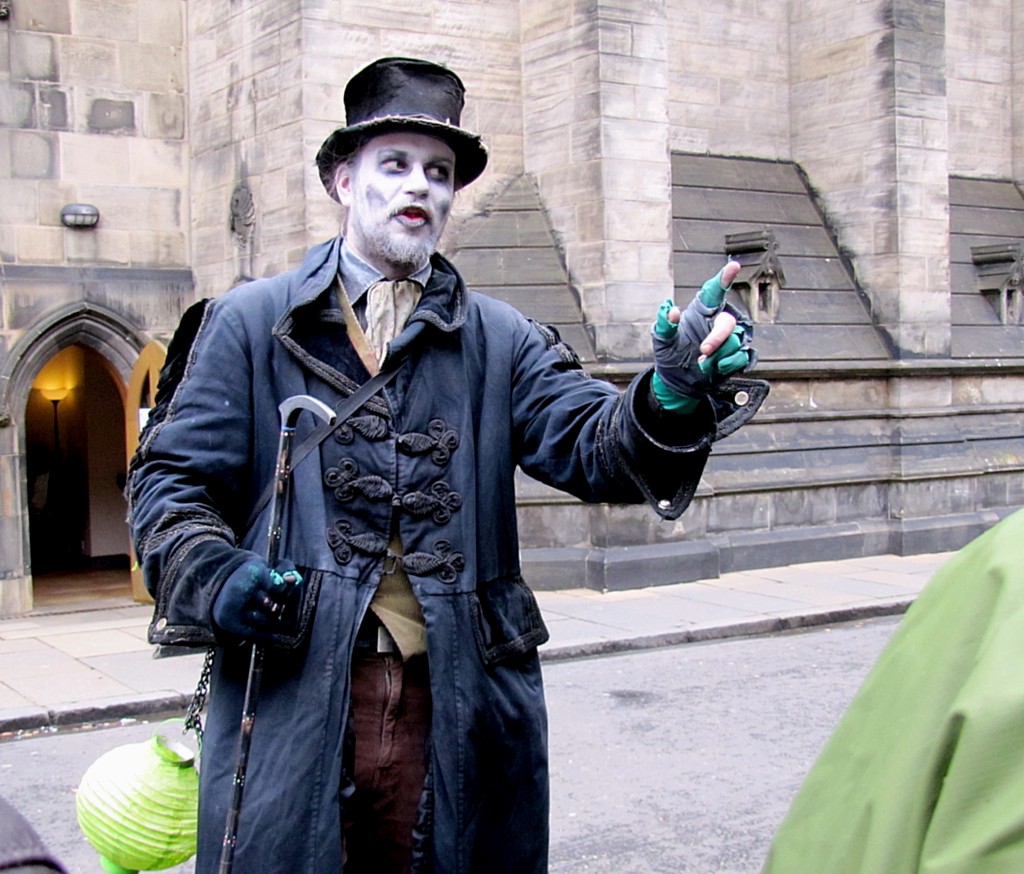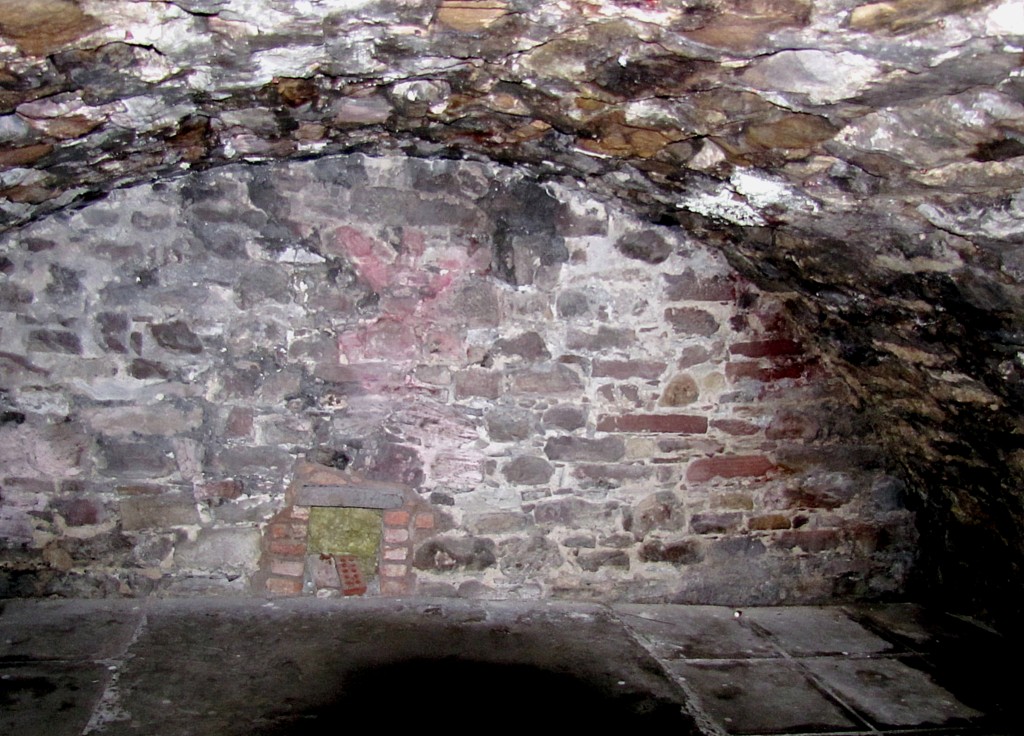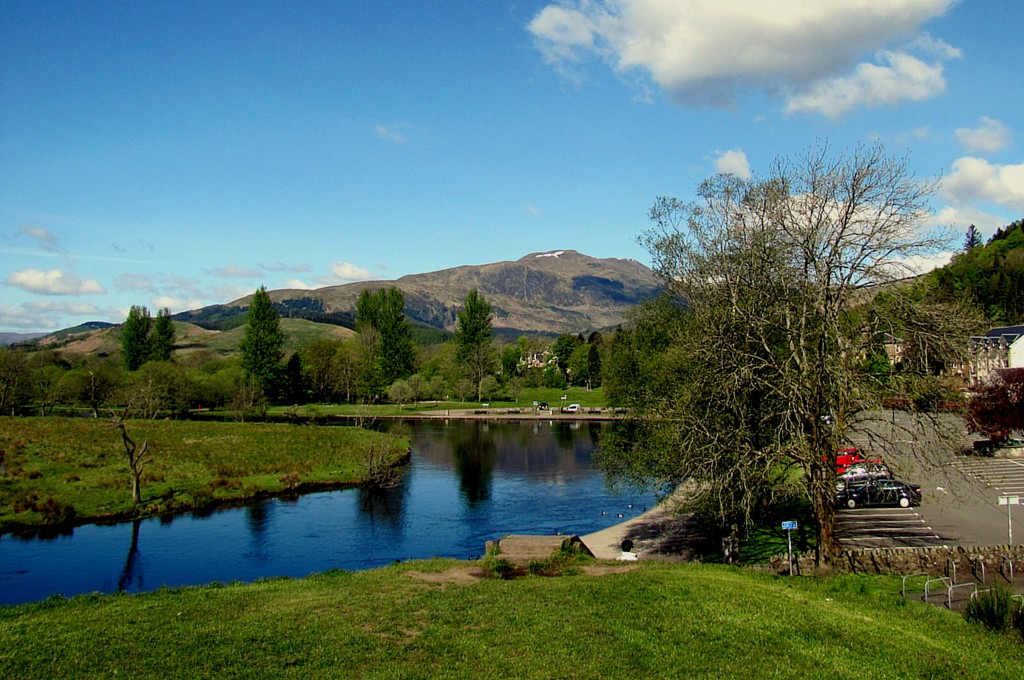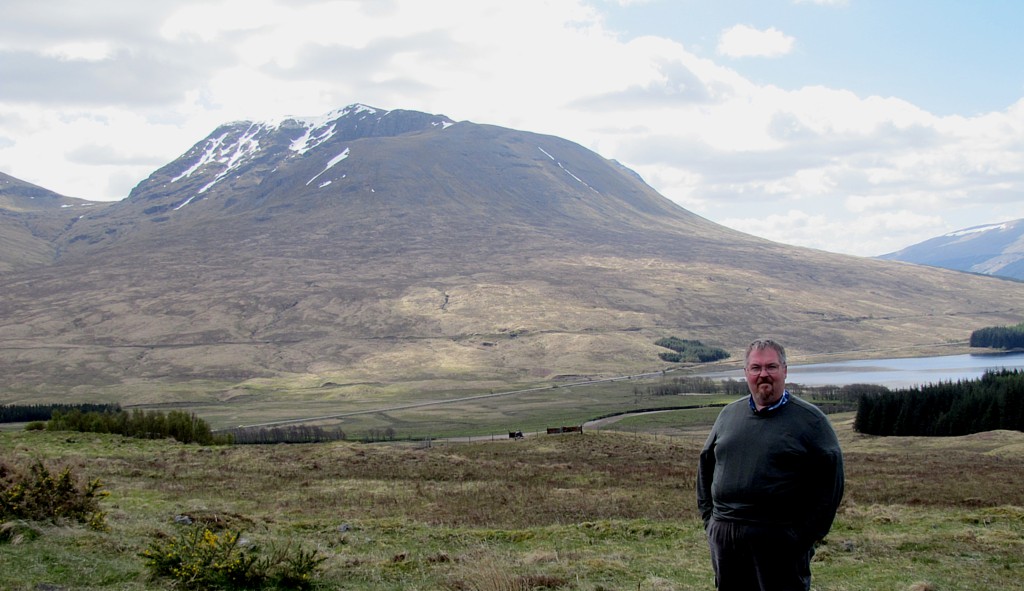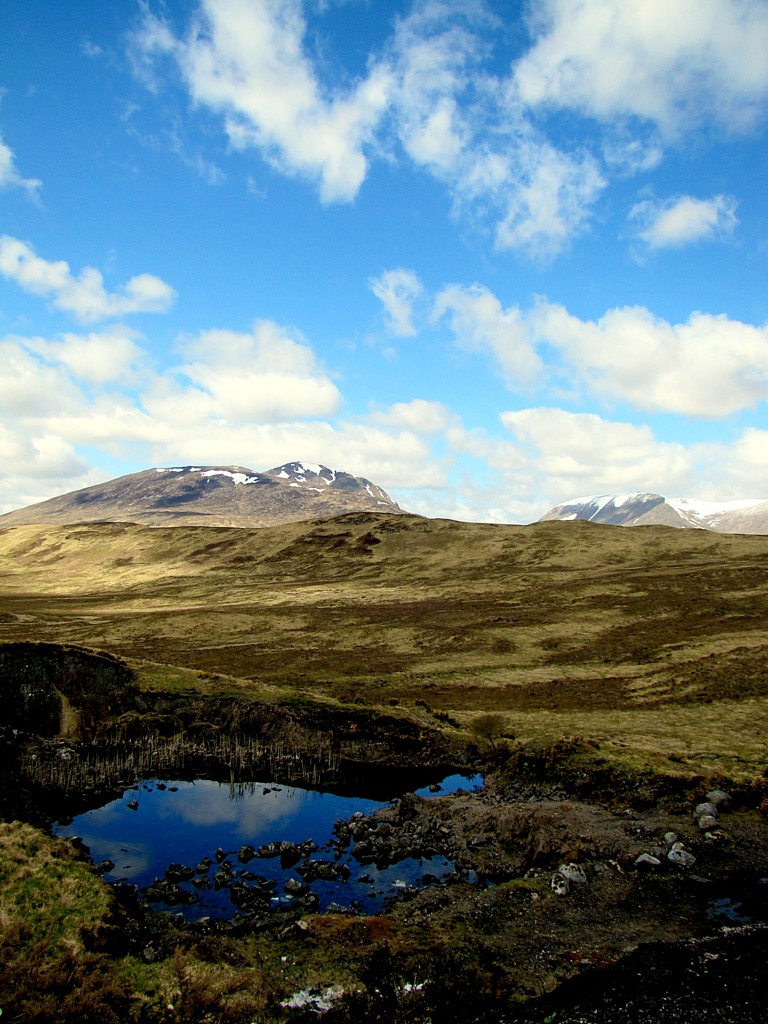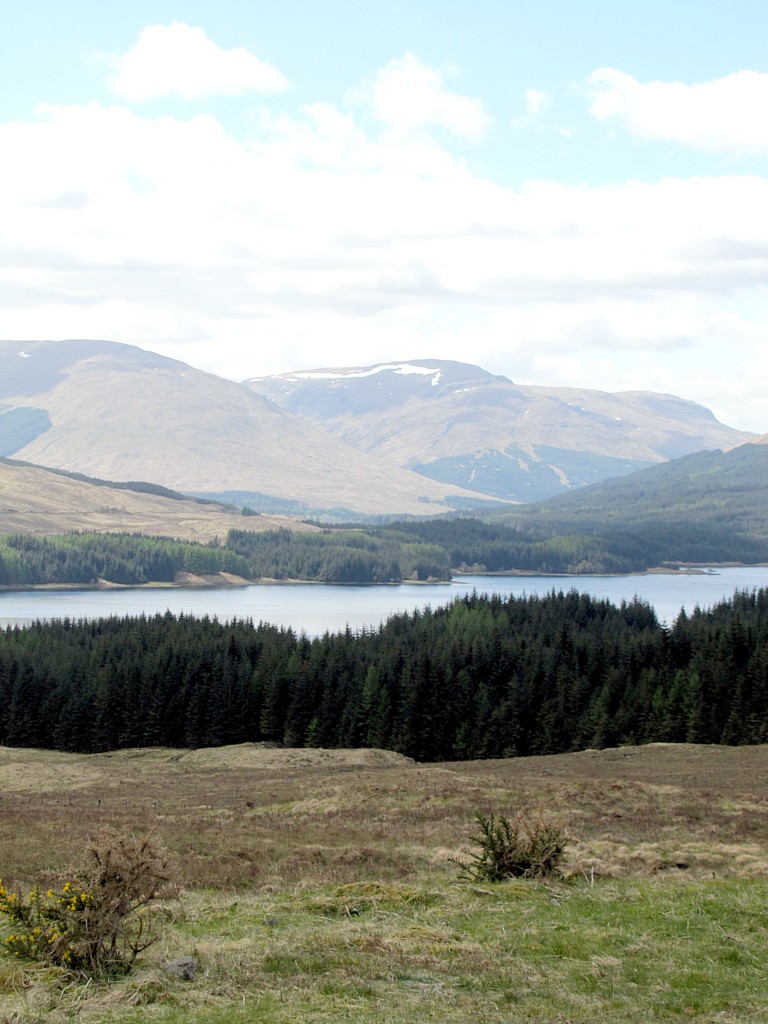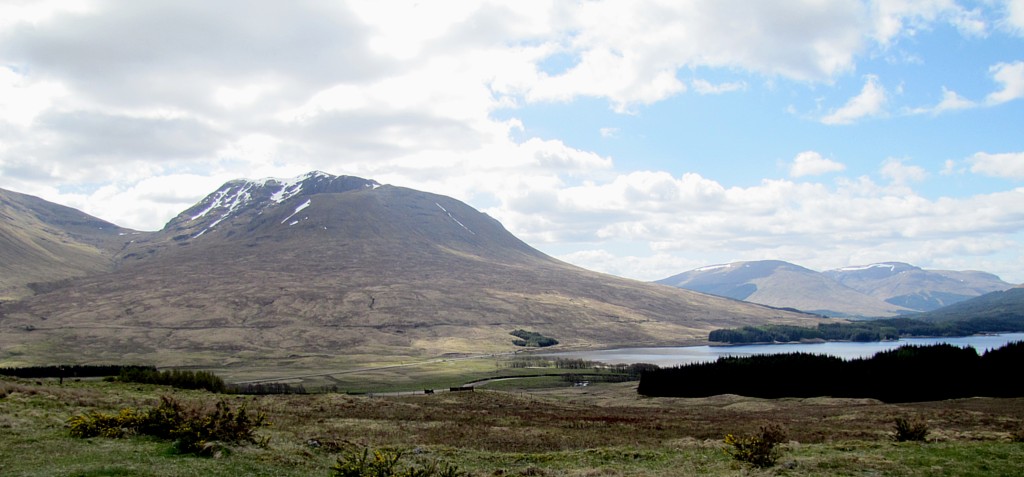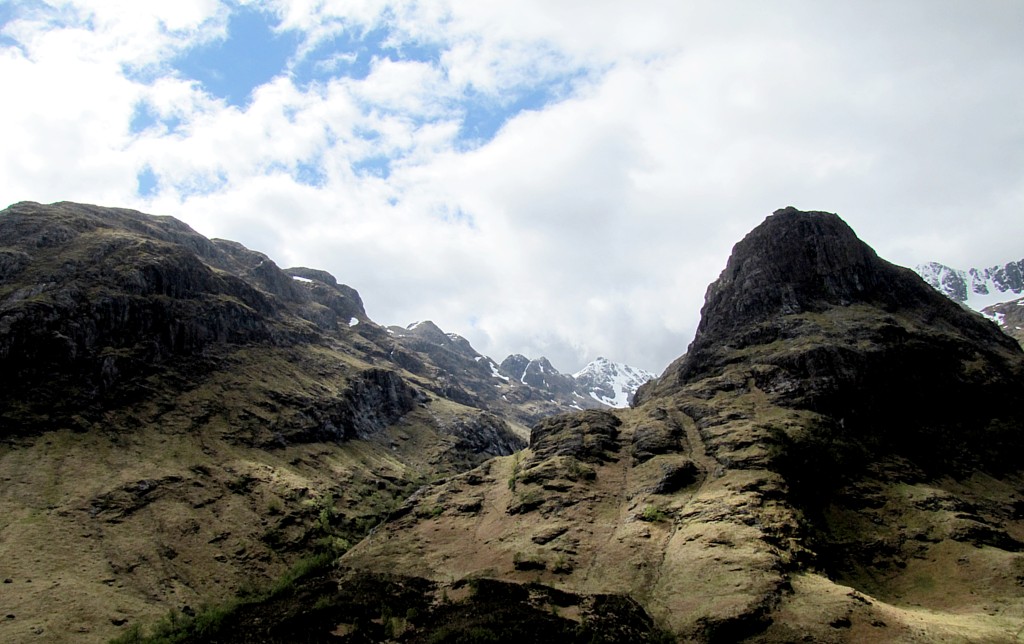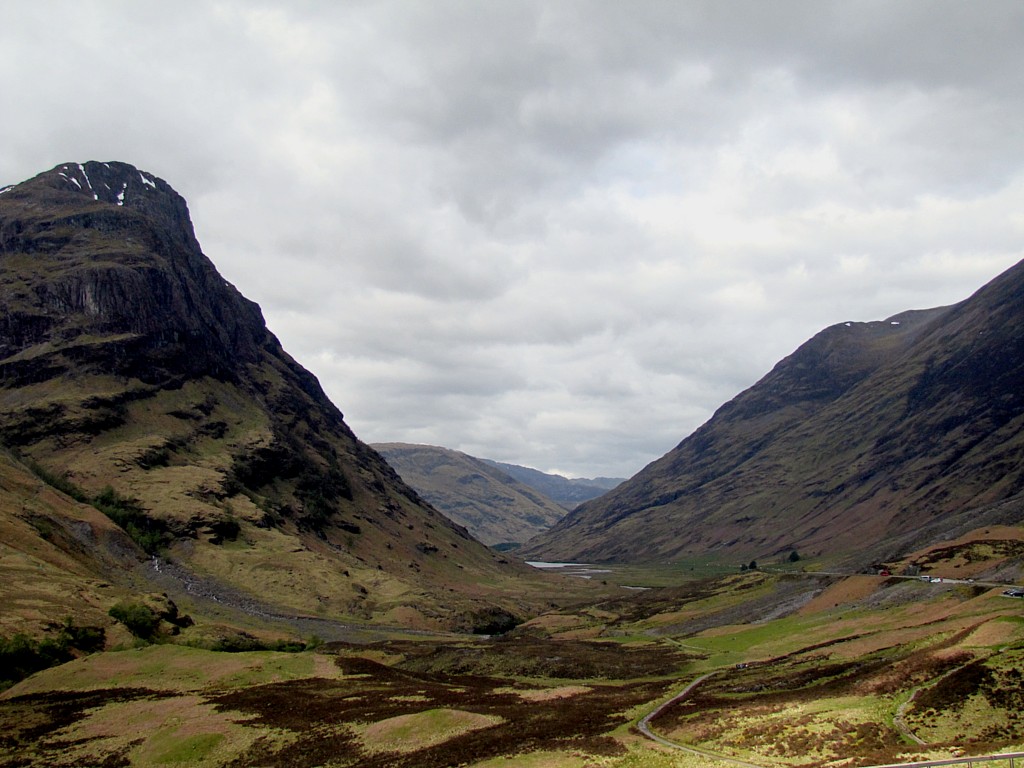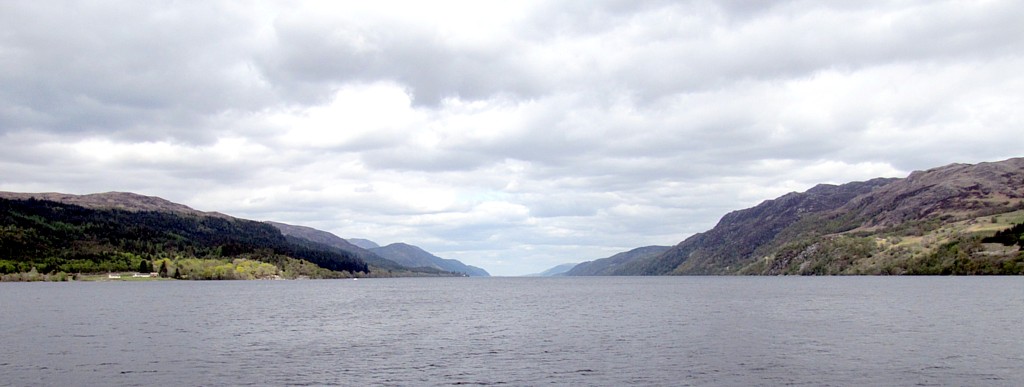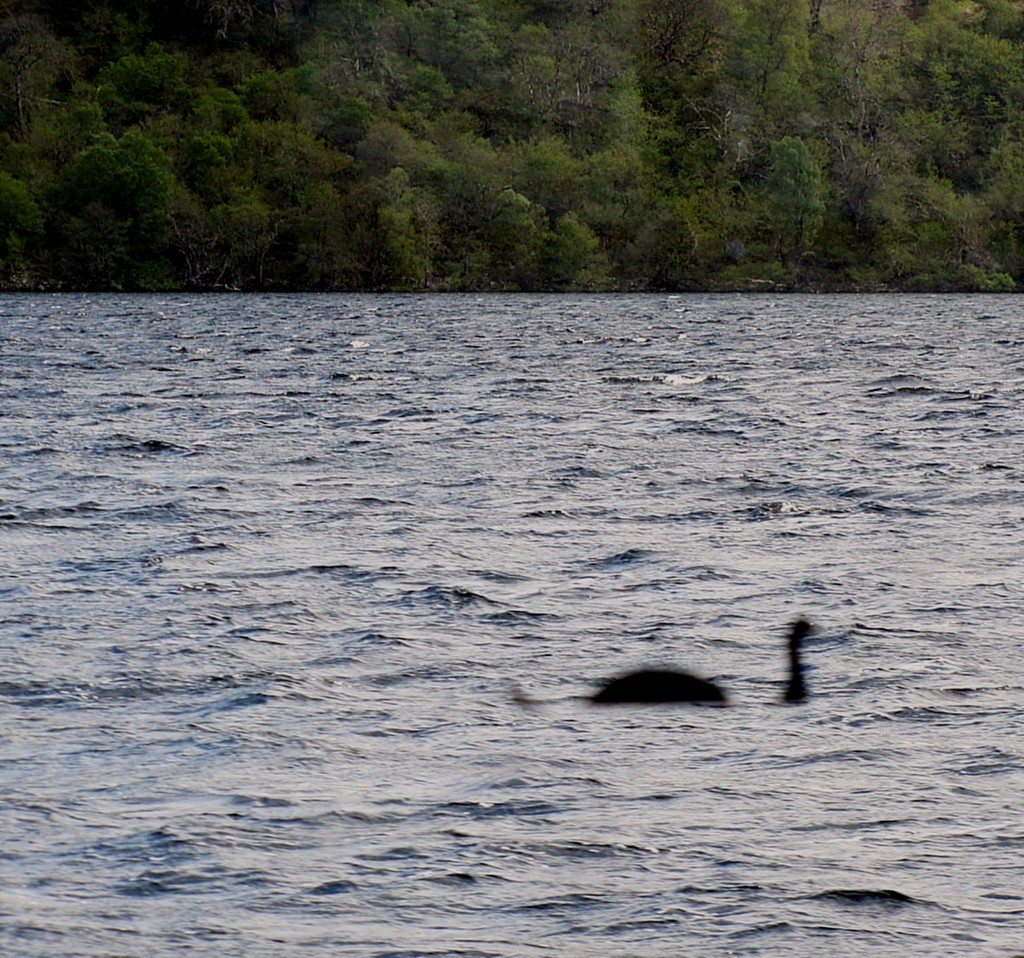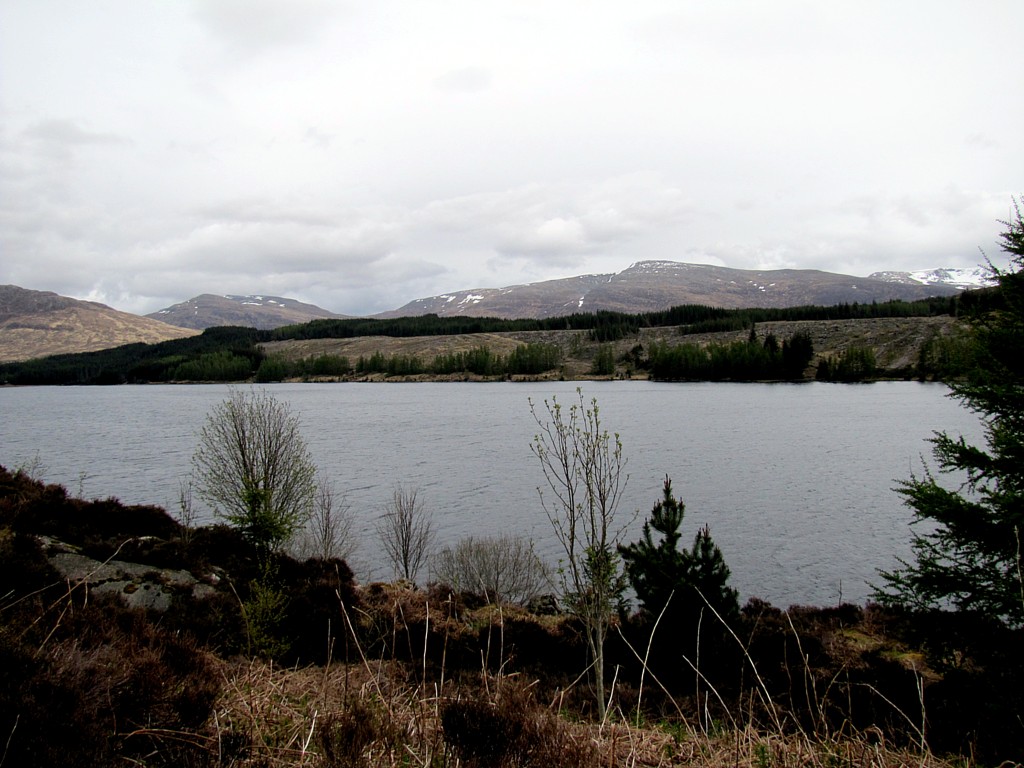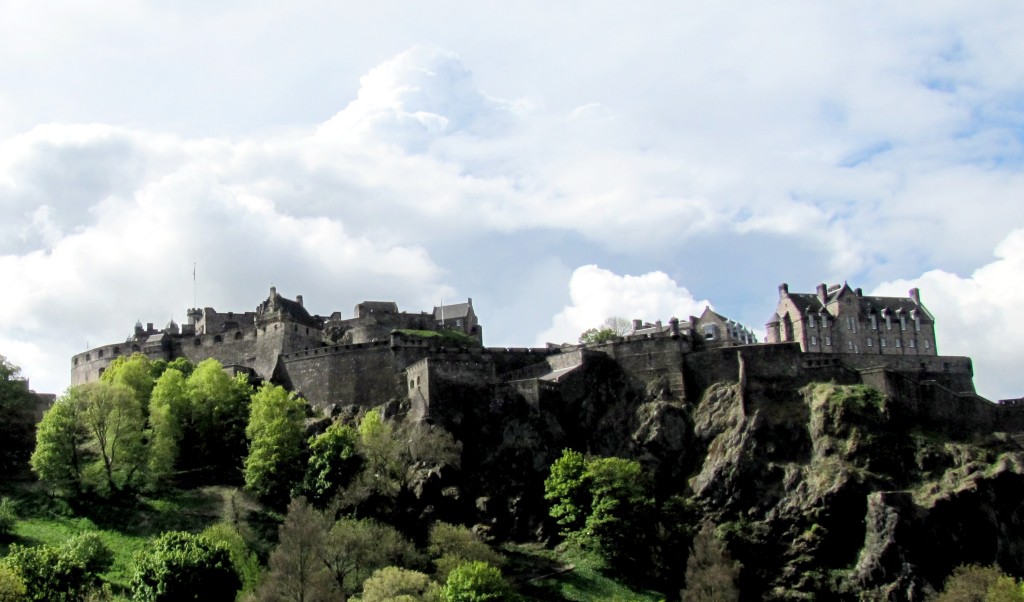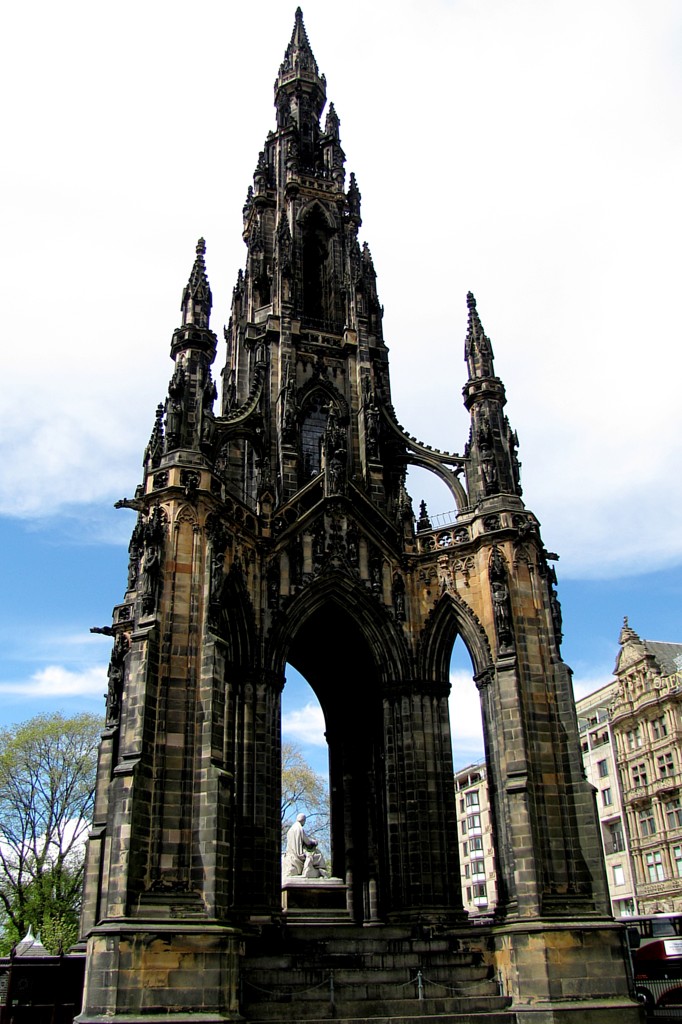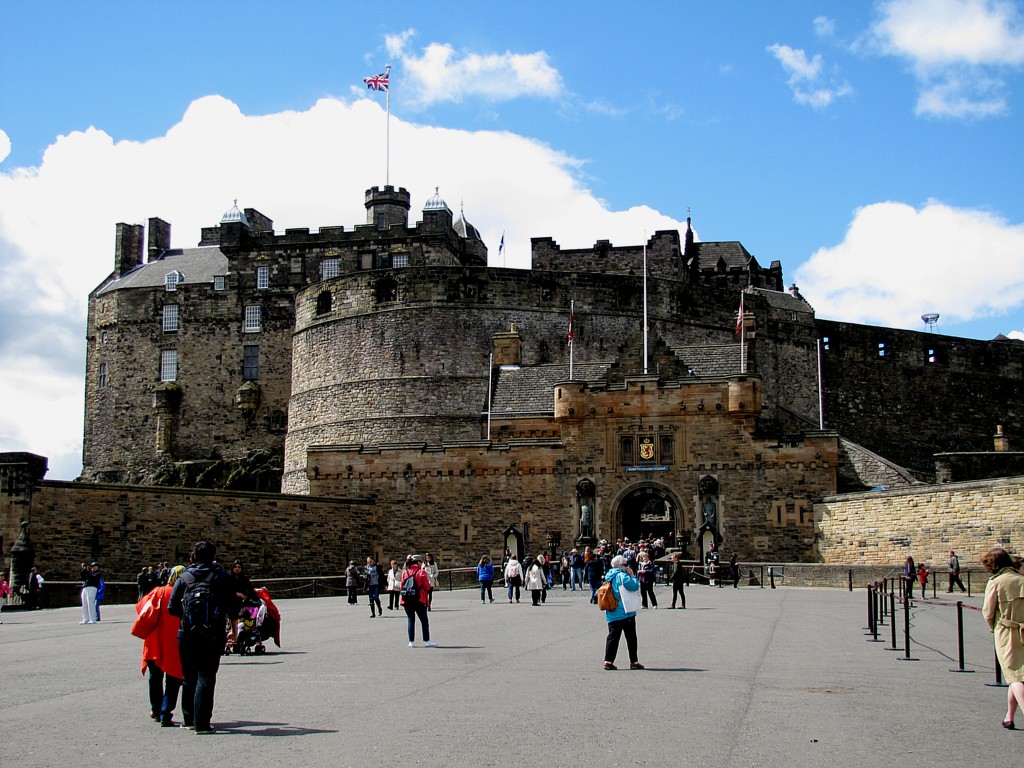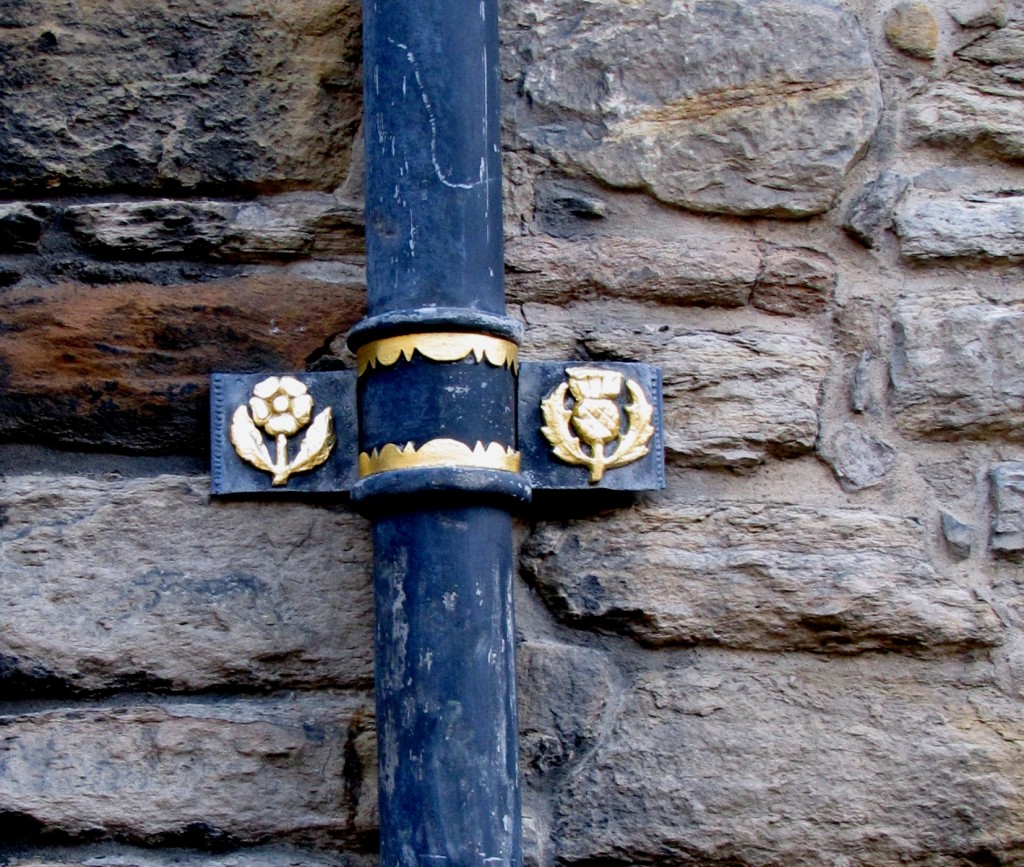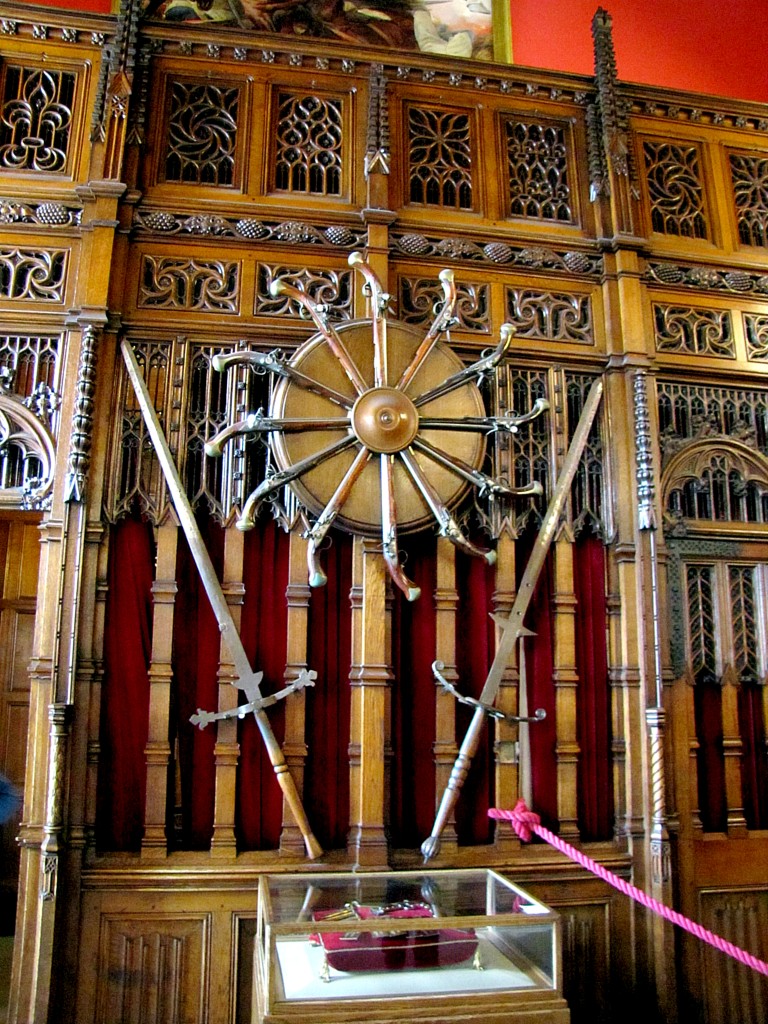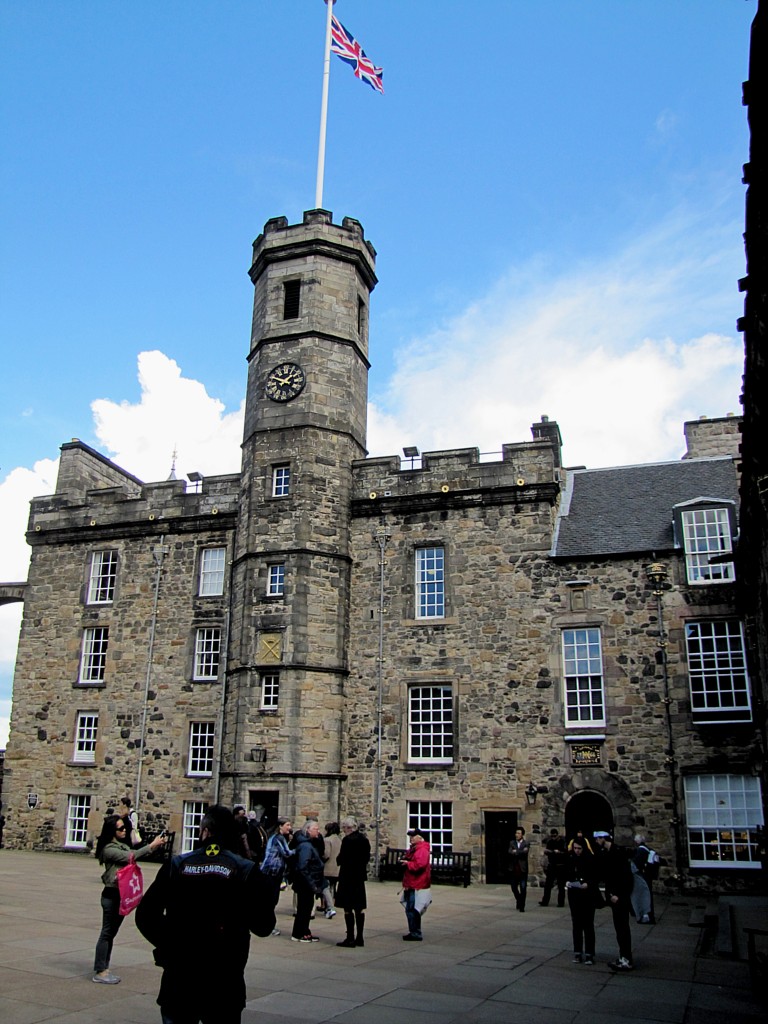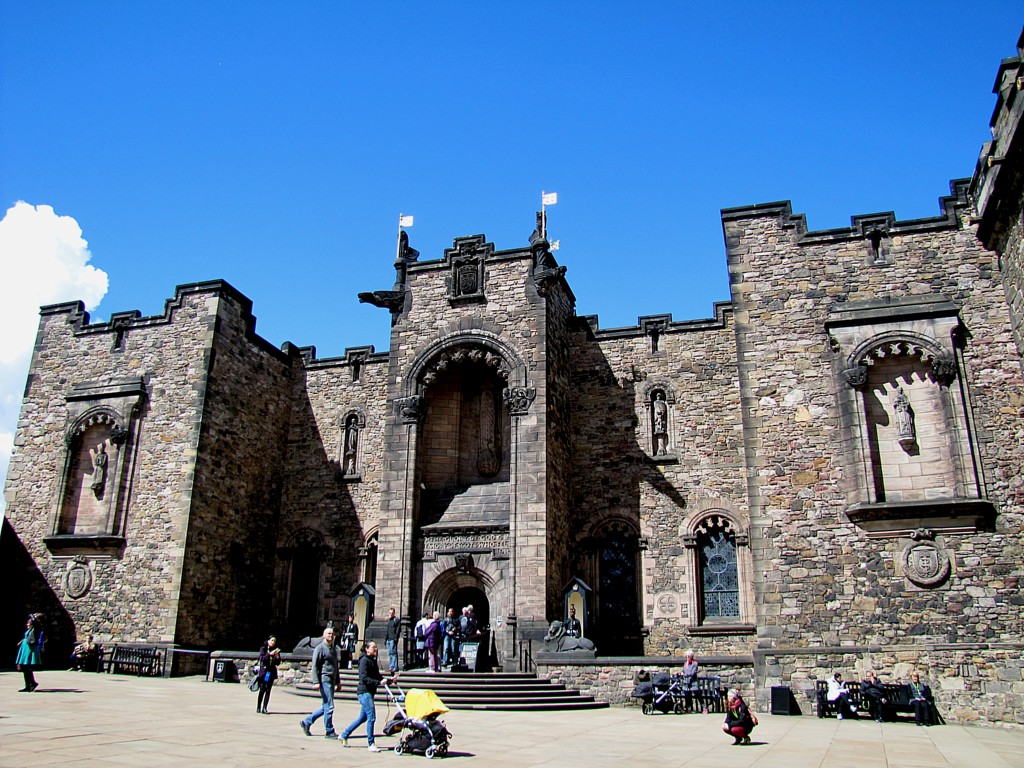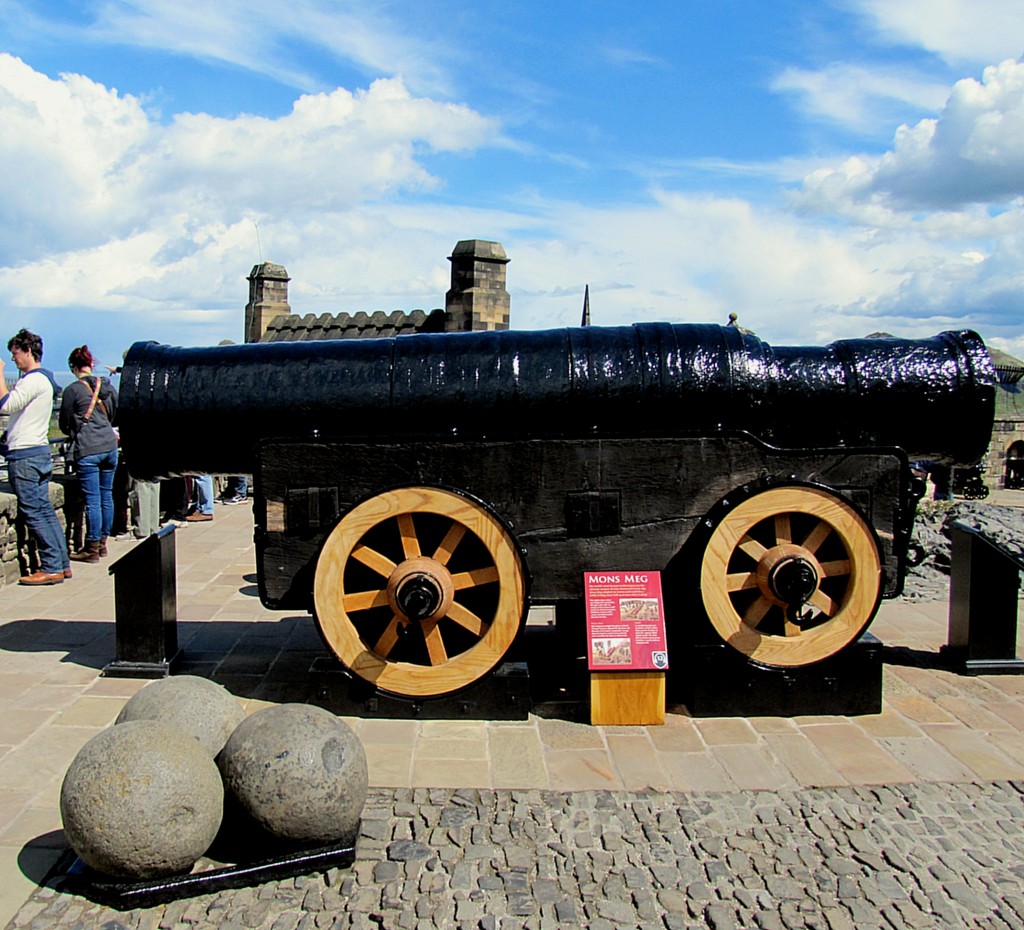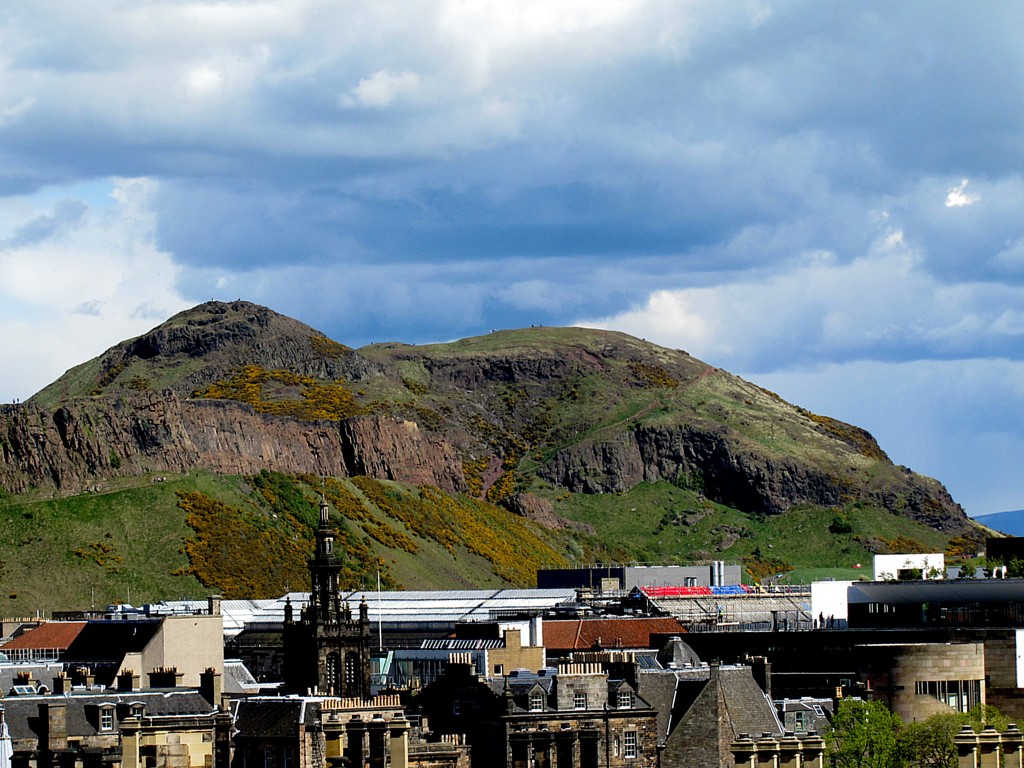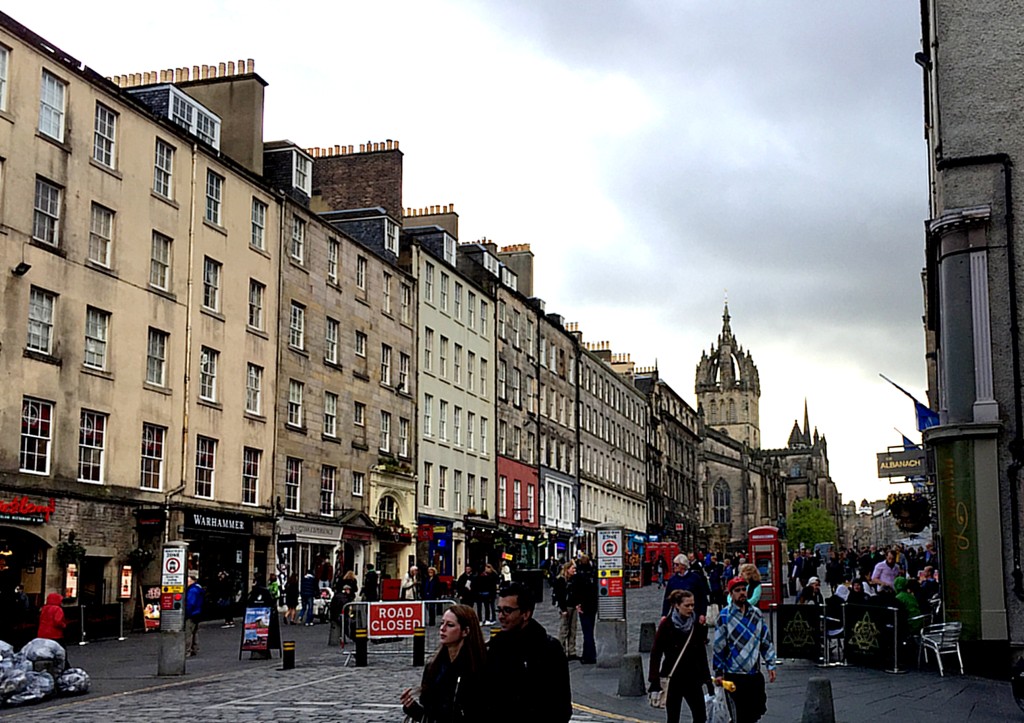This is my last really touristy day. Tomorrow morning, I take the train back to London, and then fly home on Sunday. So, probably no pictures on those days. Maybe even no posts at all.
Today, I took a bus tour out of Edinburgh again. My main goal for this trip was to see Rosslyn Chapel, and we got to see that, but we also went to Dunfermline Abbey and Stirling Castle. I was interested in seeing both of these places, so that was cool.
I have to admit, I was a little leery of this tour. It’s touted as the Quest for the Holy Grail tour, and rides on the popularity of Rosslyn Chapel that grew up out of Dan Brown’s The Da Vinci Code. I kinda hate that book, and I really didn’t want to be sitting through discussions of the Priory of Sion1 and the Magdalene bloodline, and all that garbage.
Fortunately, no one on the tour seemed too interested in this aspect of it, and our guide instead spent the day filling us in on the stories of William Wallace and Robert the Bruce. Far more interesting stuff, in my opinion.
And I got some neat pictures.
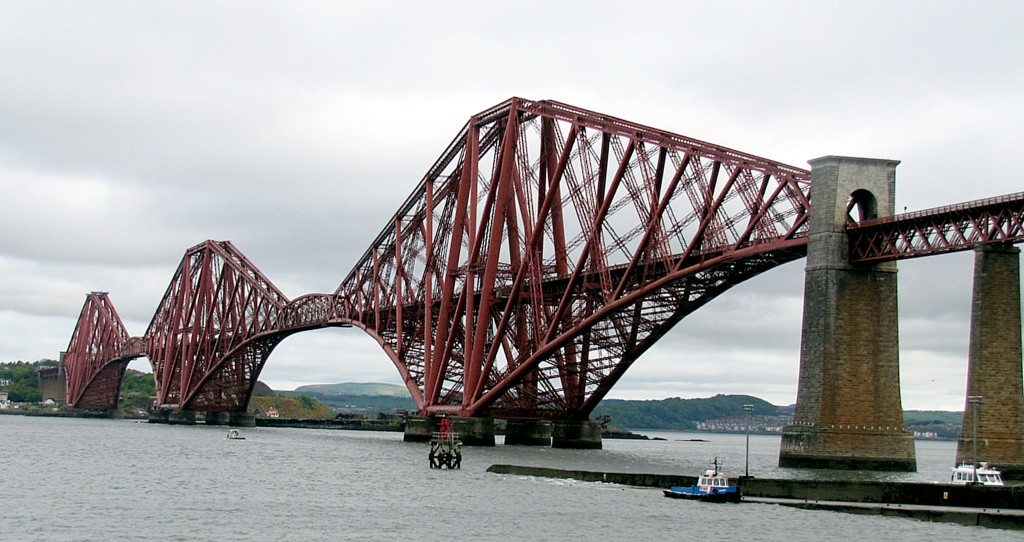
The rail bridge is one of two current bridges crossing the Firth of Forth here. The other one is for cars and trucks. It’s about 50 years old, and is suffering from being overburdened. Another bridge is being built, and should open next year. I really hope they call it the Third Firth of Forth Bridge.
After this quick stop, we were on for Dunfermline Abbey.
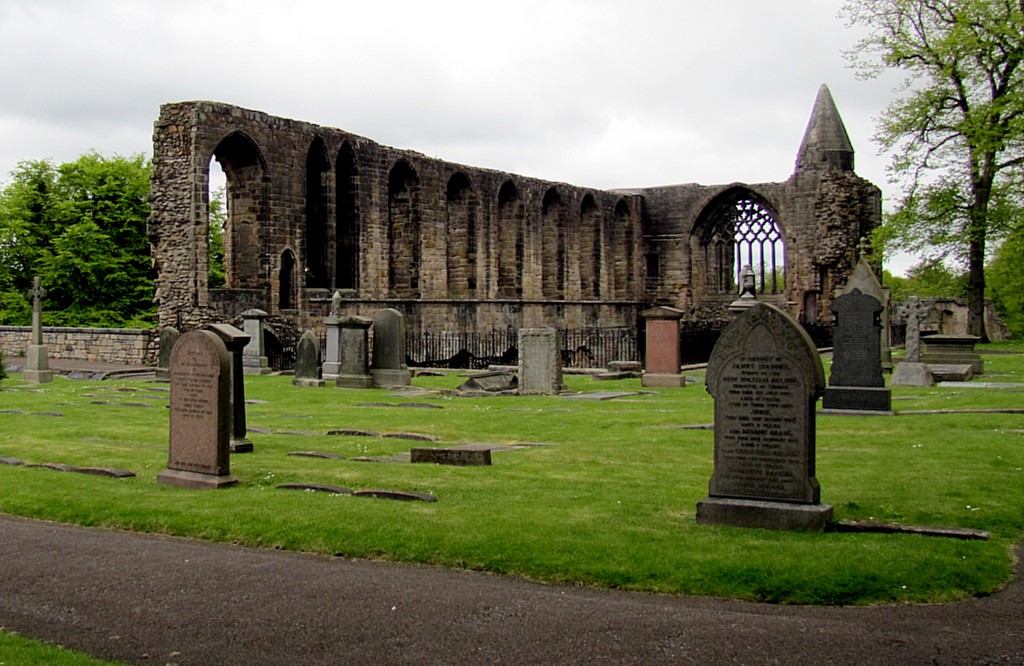
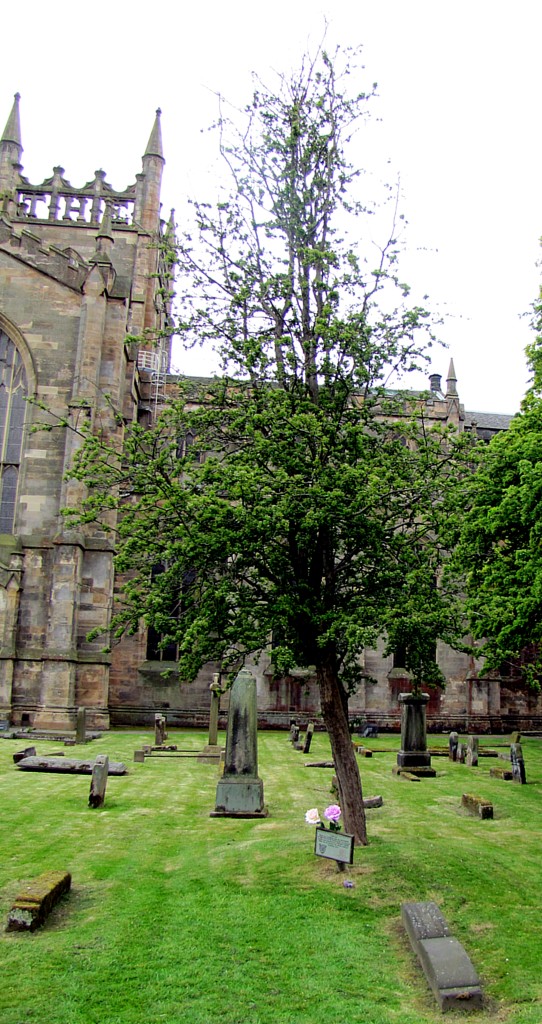
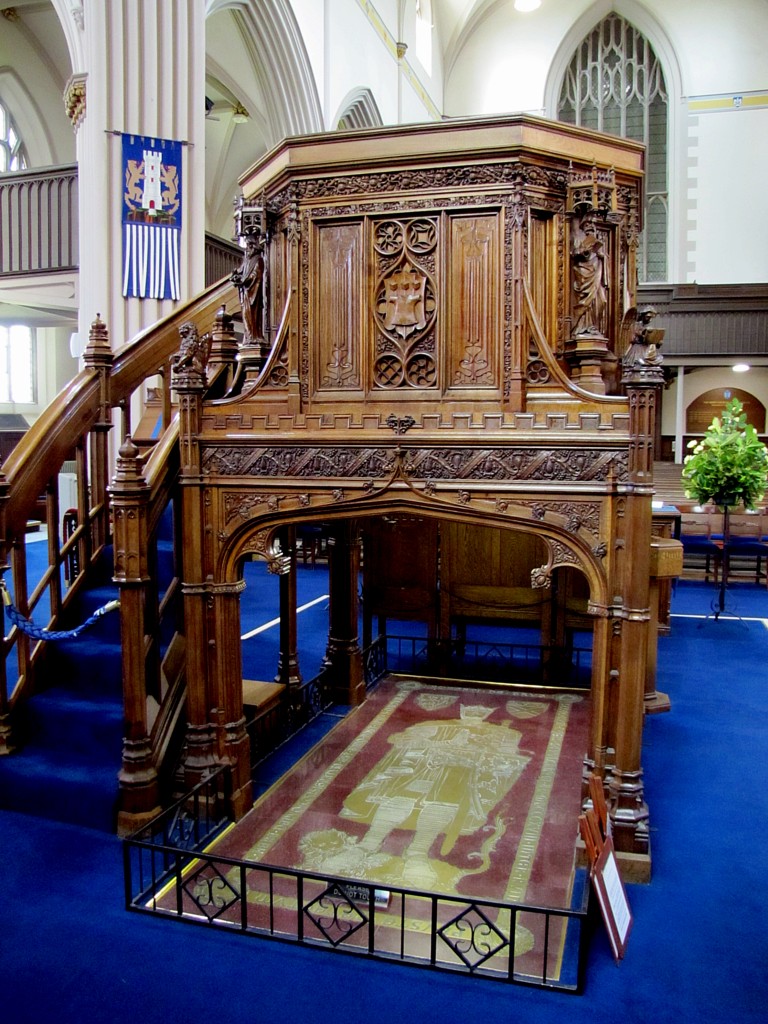
From Dunfermline, we continued our journey and our history lesson until we reached the Bannockburn memorial.
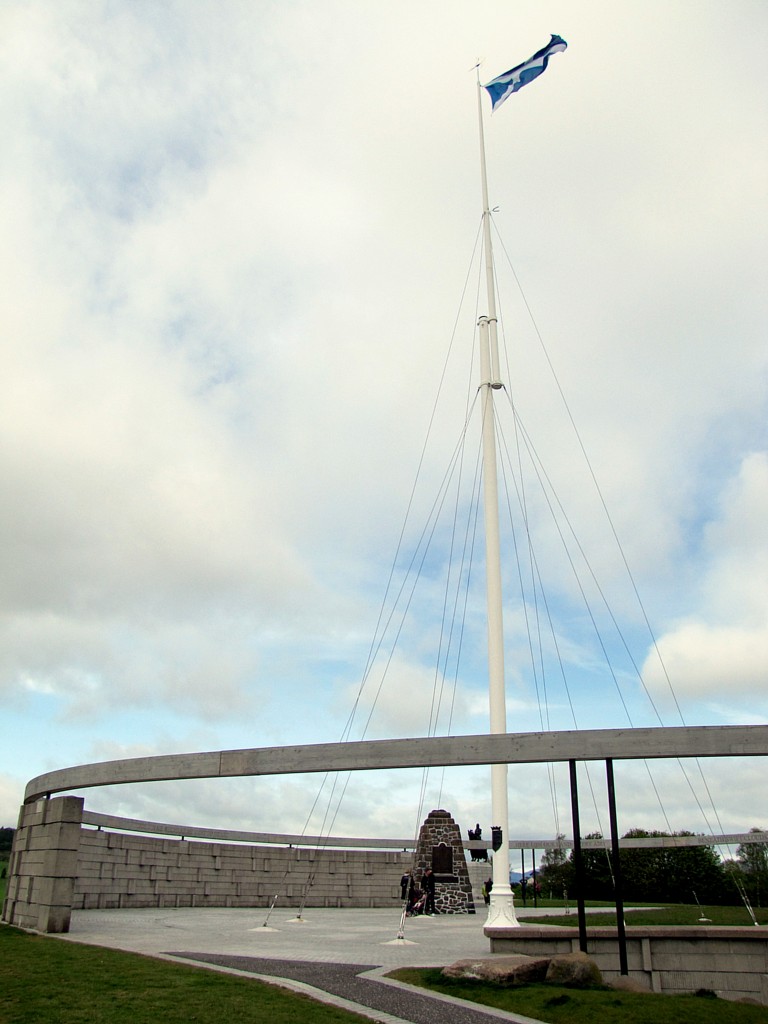
Next stop was Stirling Castle. Up until the time of James VI2, it was the royal residence.
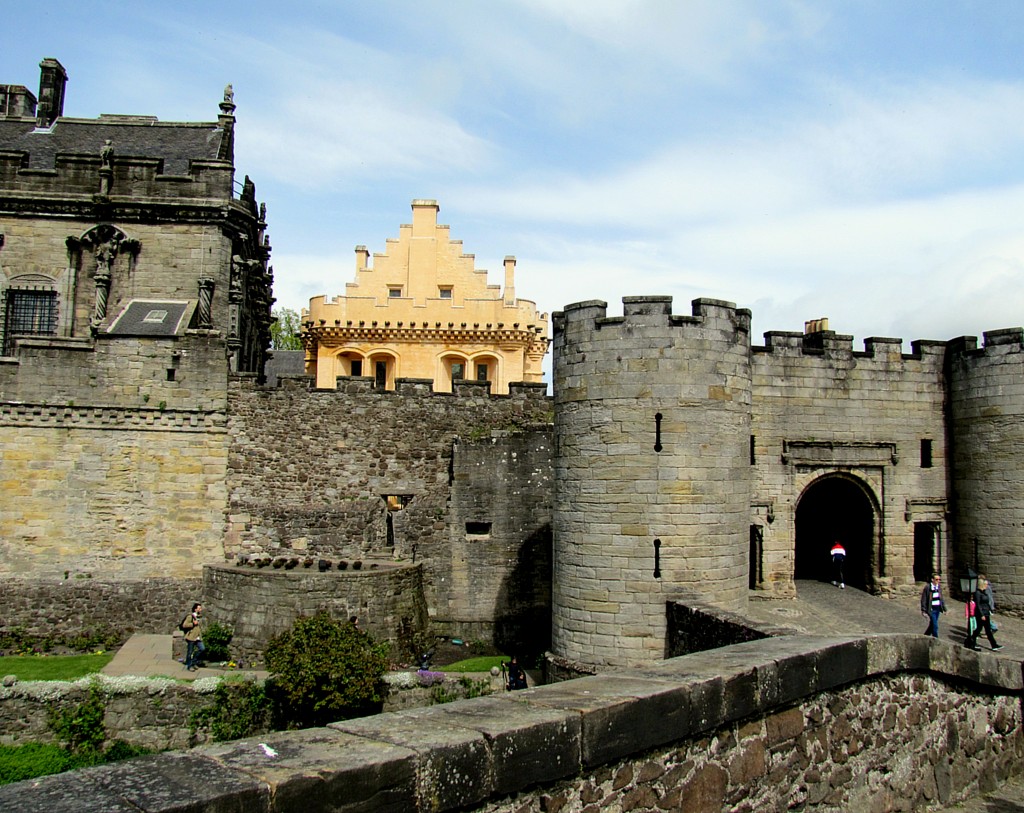
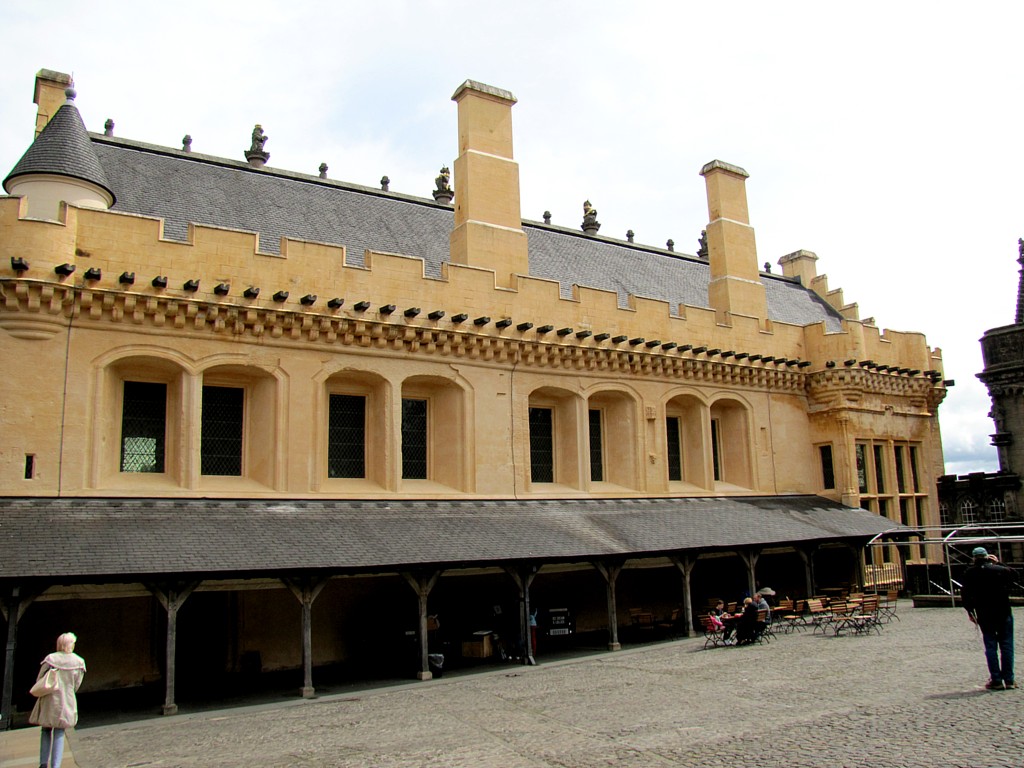
I tried to get a picture of the inside, but it was crowded all four times I went in, and I didn’t want just a picture of a bunch of other tourists. So, you’ll have to use your imagination.
One of the other buildings is the palace, and it’s got a few restored rooms.
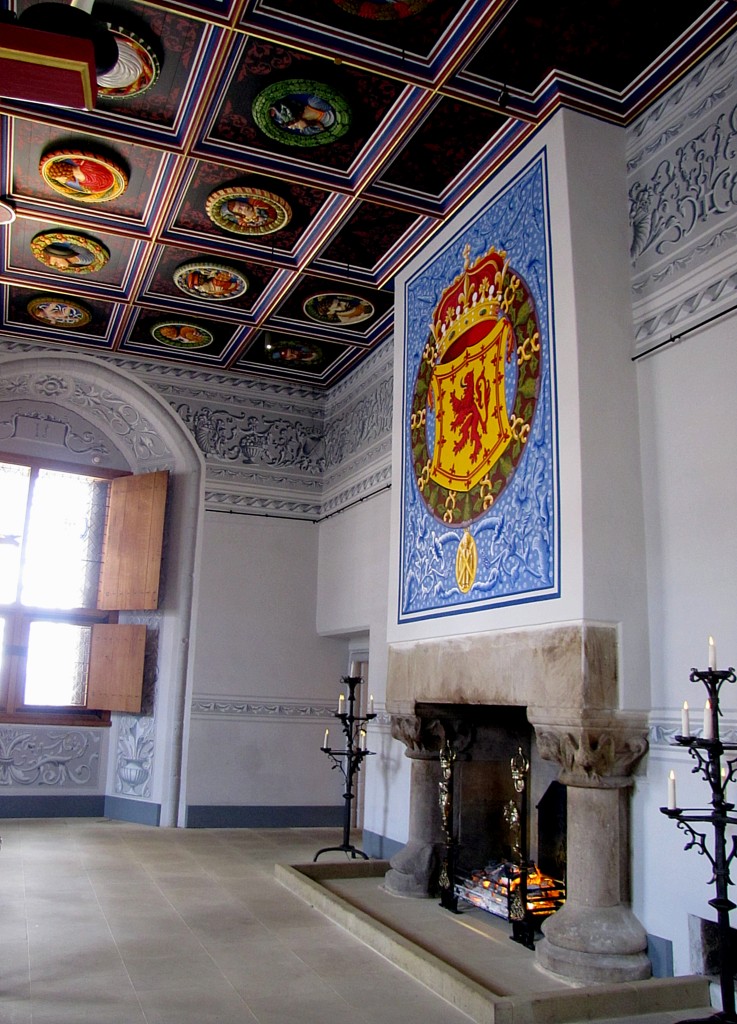
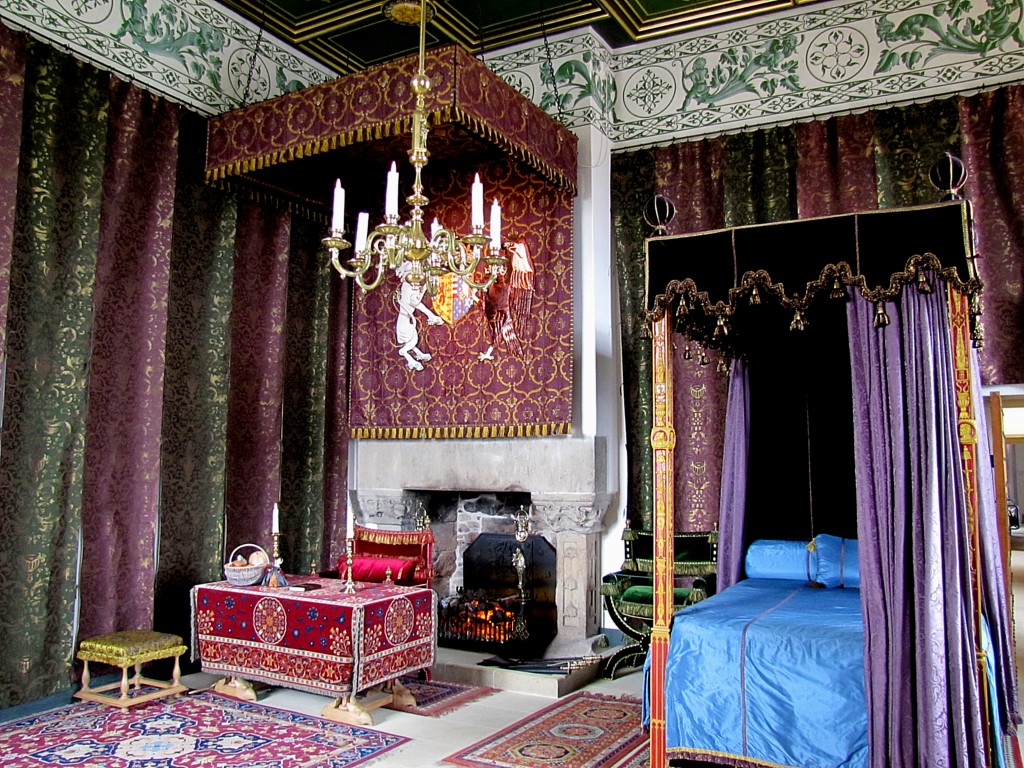
After Stirling, our last stop was Rosslyn Chapel. It’s a beautiful little church, despite the mutilation it has suffered over the years. The restoration is top-notch, and the interior carvings are just overwhelming. But, as it’s a working church, they do not allow photography inside.
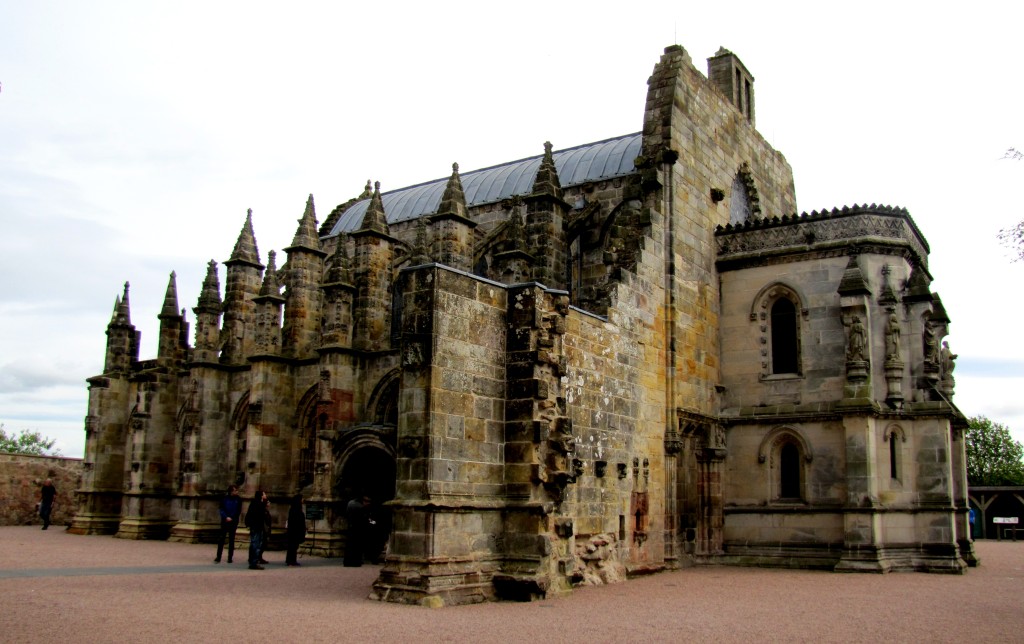
The lady who gave us our history talk at the chapel did a wonderful job of showing why the chapel is both important and interesting without resorting to conspiracy theories. She did give us some of the more interesting interpretations of some of the carvings, but stressed that, because none of the original documents exist anymore, no one can be sure what was intended. And that means, she says, that anyone can interpret it any way they want.
A good answer, in my opinion.
Then back to Edinburgh. I’m probably going to turn in early tonight – my long holiday is catching up to me.
And, as I said, tomorrow I start my journey home.


